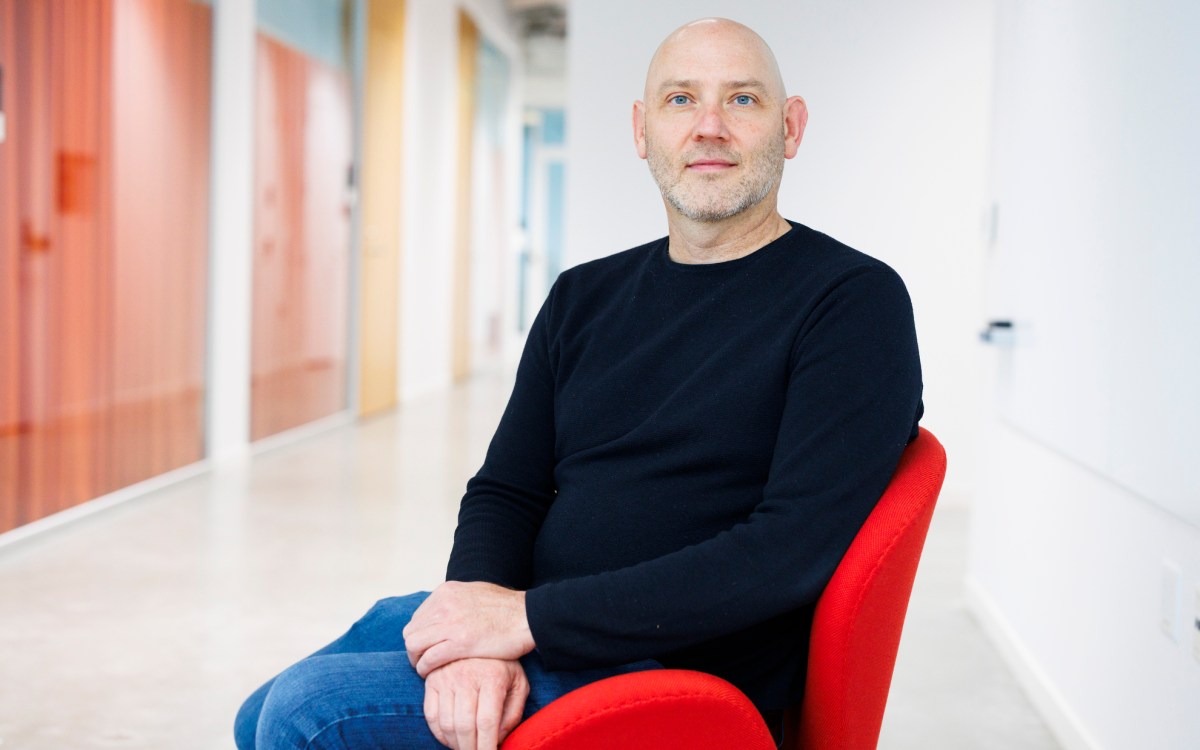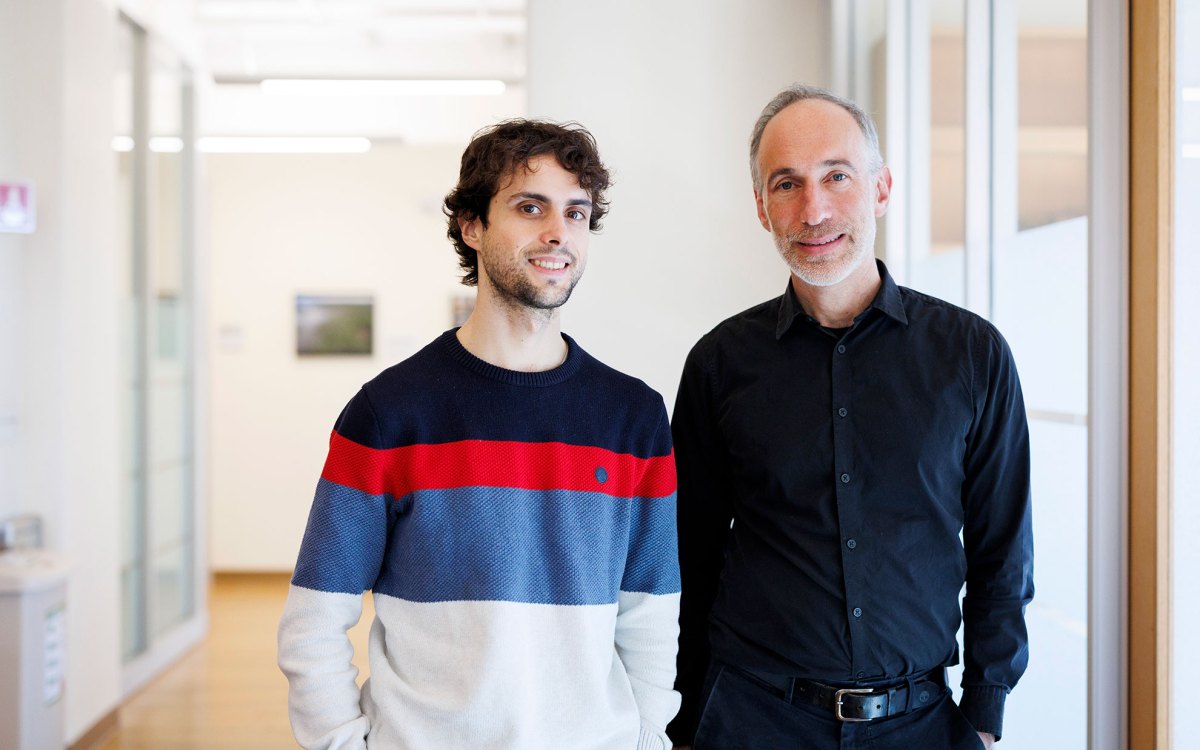Video/Production – Ned Brown
Surgical Anesthesia
Allan M. Brandt
Dean, Graduate School of Arts and Sciences
Amalie Moses Kass Professor of the History of Medicine, Harvard Medical School
Professor of the History of Science, Faculty of Arts and Sciences
Oct. 16, 1846, is perhaps the most celebrated day in the entire history of medicine. On that morning at the Massachusetts General Hospital (MGH), local physicians and medical students gathered in the wide-domed surgical amphitheater (designed by esteemed Boston architect Charles Bulfinch) to witness a hastily planned clinical experiment.
At the center of the surgical theater stood John Collins Warren, the nation’s most renowned surgeon and first dean of Harvard Medical School, and his young patient, a house painter, Gilbert Abbott, afflicted since birth with a tumor on the left side of his neck. The proposed procedure was no different than hundreds that Warren had previously conducted. But in this instance he had invited William T.G. Morton, a Boston dentist, to provide the patient with a preparation that he claimed would make the procedure pain free.
Morton rushed onto the stage some 20 minutes late and administered his preparation through an inhalation tube to Abbott, who quickly fell into a deep sleep. Warren, working with deft quickness, excised the tumor. When the patient awoke, he confirmed that his only sensation had been a slight scratching of the skin. Warren declared, “This is no humbug!” and the assembled audience erupted in applause. In an operation of under 10 minutes, the world of medicine and surgery had been forever transformed.
But the story — as such stories always are — is much more complex and exposes the intricate character of medical innovation. Morton’s preparation was ether, a compound well known in chemistry and medicine, first identified in the 14th century. Indeed, for decades, medical students and others reportedly had experimented with ether as a recreational drug, participating in “ether frolics.” During that time, however, the potential application of ether (and other drugs) for surgery seemed to have been almost universally overlooked.





